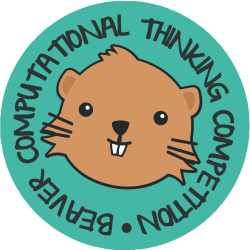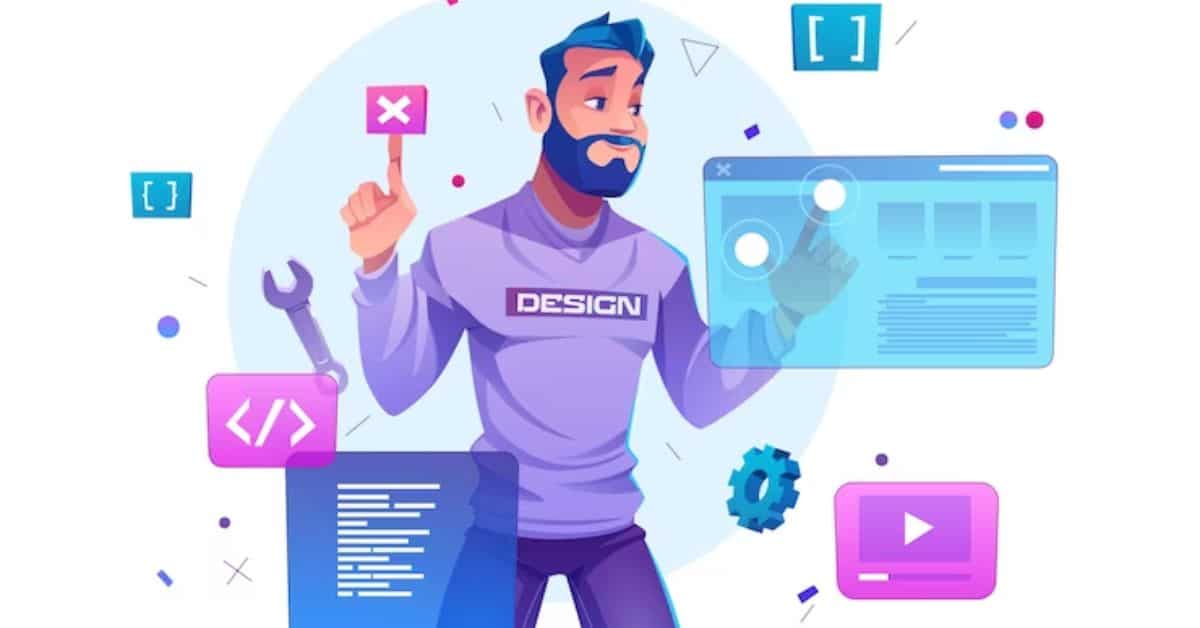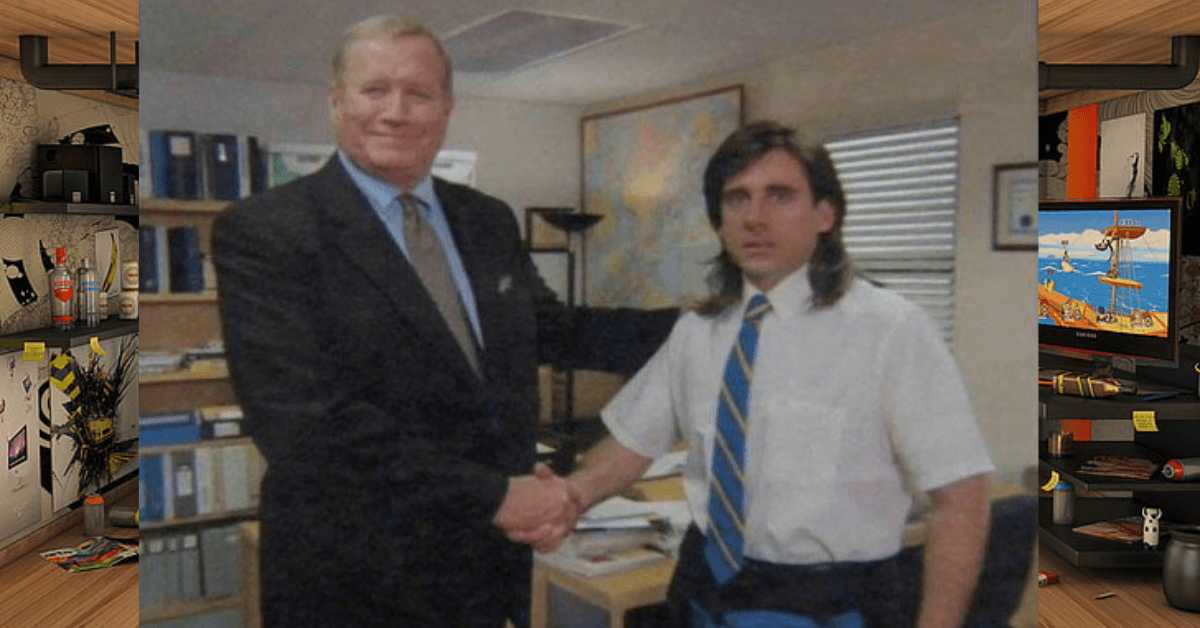What is Programming?
Programming refers to a technological process for telling a computer which tasks to perform in order to solve problems. You can think of programming as a collaboration between humans and computers, in which humans create instructions for a computer to follow (code) in a language computers can understand.
Programming enables so many things in our lives. Here are some examples:
- When you browse a website to find information, contact a service provider, or make a purchase, programming allows you to interact with the site’s on-page elements, such as sign-up or purchase buttons, contact forms, and drop-down menus.
- The programming behind a mobile app can make it possible for you to order food, book a rideshare service, track your fitness, access media, and more with ease.
- Programming helps businesses operate more efficiently through different software for file storage and automation and video conferencing tools to connect people globally, among other things.
- Space exploration is made possible through programming.
How Does Computer Programming Work?

At its most basic, programming tells a computer what to do. First, a programmer writes code—a set of letters, numbers, and other characters. Next, a compiler converts each line of code into a language a computer can understand. Then, the computer scans the code and executes it, thereby performing a task or series of tasks. Tasks might include displaying an image on a webpage or changing the font of a section of text.
Most Used Programming Languages
Different programming languages enable programmers to write code that computers understand.
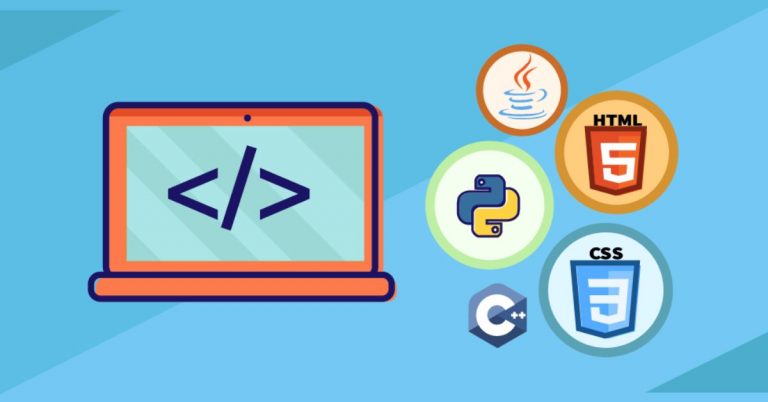
- JavaScript – This language is used on every major web browser. JavaScript allows you to add complex features to a web page, such as content updates, interactive maps, and animated graphics, develop games, and more.
- HTML/CSS – These languages are used to create web pages and web applications. You would use HTML (HyperText Markup Language) to build web page structure, while CSS (Cascading Style Sheets) would enable you to determine the page’s styling.
- SQL – SQL stands for Structured Query Language and is used to communicate with databases, including updating and retrieving data.
- Python – Python programming is most used in machine learning, web development, and desktop applications. Python is a popular language among beginners, as the syntax is relatively easy to learn. It is known as an object-oriented programming language.
- TypeScript – TypeScript is a free, open-source programming language developed by Microsoft as a superset of JavaScript. It’s used for developing large applications.
Types of Programming Languages
While hundreds of programming languages (if not thousands) exist, and there are many ways to classify them, they typically can be grouped into five main categories:

- Procedural programming languages
- Functional programming languages
- Object-oriented programming languages
- Scripting languages
- Logic programming languages
How to Get Started in Computer Programming
Follow these steps to embark on a journey in the growing field of programming.
1. Identify your programming goals.
An important first step is to reflect on your goals and motivations. With clarity on what you want to achieve and why, you can align your actions with the outcomes you desire. Here are some examples of programming goals:
- Launch a new programming career in a specific industry.
- Explore programming in your current role and take on new projects that combine programming with what you already do.
- Pursue programming as a hobby and complete projects that match your interests.
2. Enroll in an introductory programming course.
Once you know your goals, it’s a good idea to find a course on programming to introduce you to popular programming languages and different avenues for applying programming skills. You can also use an introductory course to refine your goals and focus your efforts.
3. Build essential programming skills.
As you’re taking courses, you’ll want to ensure you’re developing essential programming skills, particularly if your goals are to pursue a new career or enhance your current one. While a course you’re enrolled in may provide an overview of important programming skills and then structure the learning experience accordingly, you may find it helpful to find out what employers are looking for.
4. Connect with other programmers.
When you build a network and connect with other programmers, you can gain exposure to programming trends, opportunities, and solutions to common challenges. Ways to connect with other programmers include:
- Attending tech conferences and networking events
- Signing up for a coding bootcamp
- Subscribing to programming influencers and thought leaders
- Joining an online community, such as CodeNewbie or Kaggle
5. Complete projects.
Completing projects is a great way to apply your skills and discover your programming potential. Find tutorials online to complete beginner projects such as:
- Creating a mobile app
- Creating a calculator app
- Building a simple game
- Building a basic website from scratch
6. Explore your future in programming.
The more you learn about programming, build skills, and complete projects, the closer you will get to achieving your goals. On a routine basis, reflect on the kind of future you’d like to have in programming and explore the possibilities, including job listings in programming, freelancing as a programmer, building apps for friends and family, and advancing your education.
Conclusion
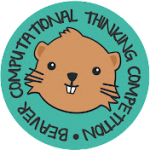
Anyway take your chance to enhance your knowledge and skills in Computer Science by participating in the Beaver Computational Thinking 2023; registration is now open!
You can register through our website 👉 CONTESTHUB.
*** This blog post is based on information from Coursera.
